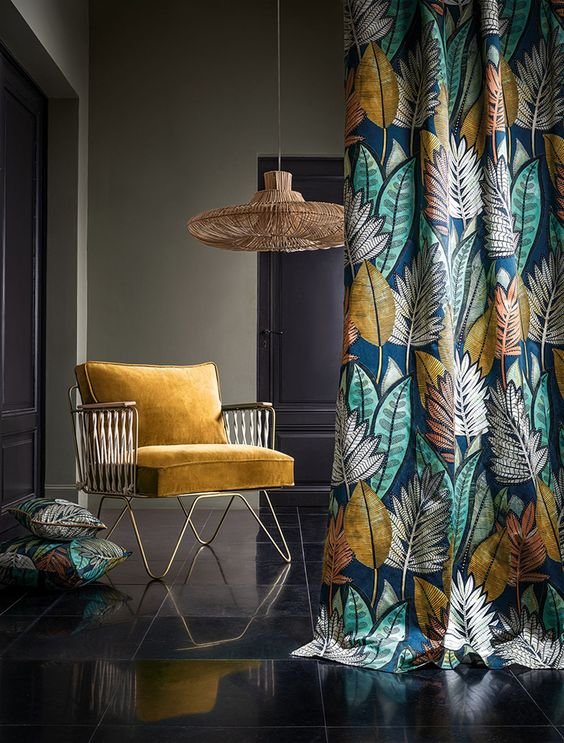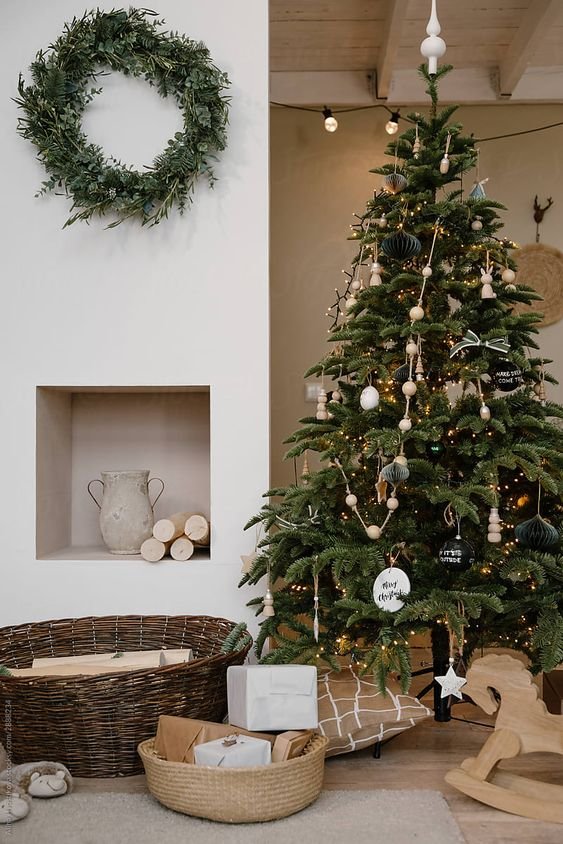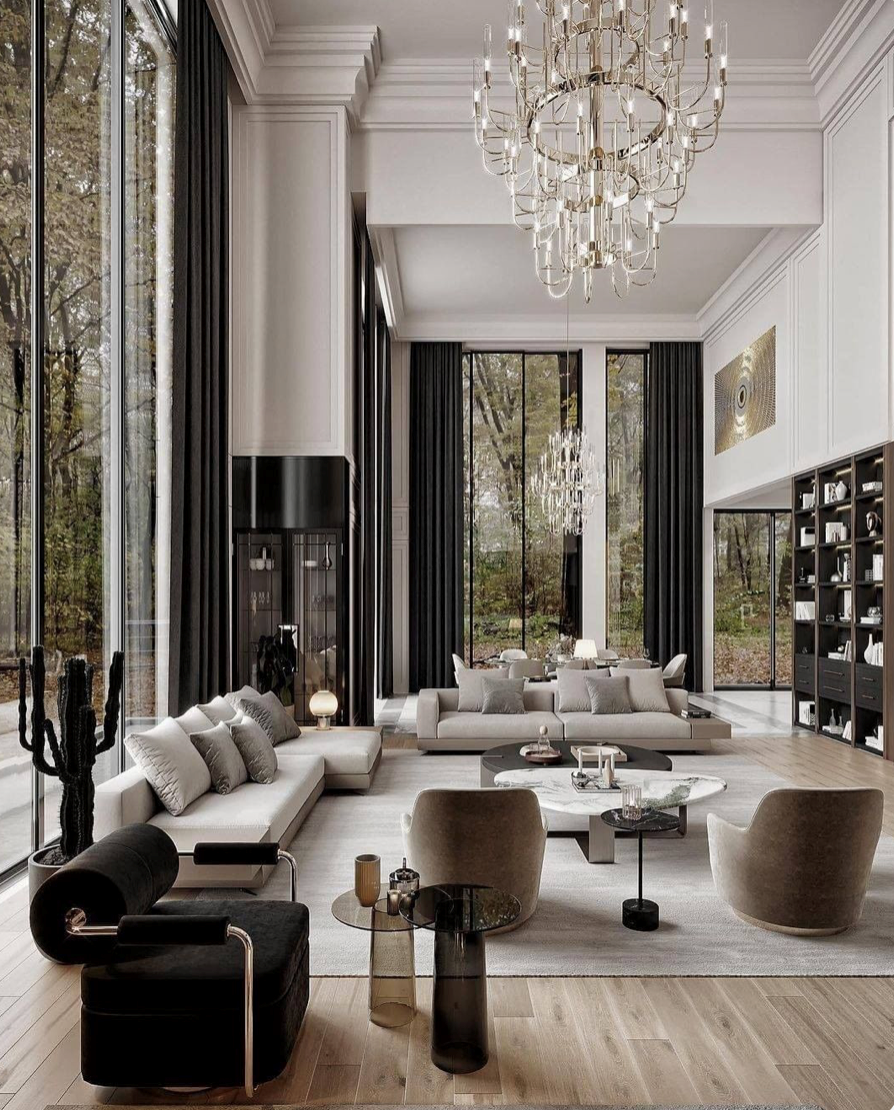Indoor Outdoor Living: Creating A Sense of Flow
/PHOTO CREDIT: PINTEREST
As the warmer weather approaches and summer draws near, now is a great time to think about how to make the most of both your indoor and outdoor spaces. Whether you're planning on hosting barbecues or rallying your friends for weekend picnics, creating a seamless flow between your indoor and outdoor areas can make a big difference in how you experience your home. Inspired by the designs of popular Chicago interior designers, here are some of the best ways to prep your home for warmer weather.
PHOTO CREDIT: PINTEREST
Embrace Biophilic Design
PHOTO CREDIT: PINTEREST
Biophilic design is a concept that revolves around connecting with nature and bringing natural elements into your home. By incorporating natural materials, such as wood, stone, and plants into your home design, you can create a sense of harmony and balance in your indoor outdoor living spaces. This is one of the simplest ways to create a sense of flow with the outdoors. It can be as easy as adding a few potted plants or a vase of flowers in every room, or as complicated as building a vertical garden or living wall inside your home.
Open Up Space Indoors
PHOTO CREDIT: PINTEREST
Depending on the level of renovation you are planning, there are many ways to redefine your rooms and open them up to the outdoors. If your home is undergoing a large renovation, you might want to remove walls to create an open floor plan. An open plan will allow for new unobstructed pathways to the outdoors, maximizing a sense of flow. On a smaller scale, rearranging your furniture so that it doesn’t block doorways and maximizes space can help you create that same sense of flow. Finally, consider installing sliding glass doors, skylights or large windows to further enhance the amount of light and open air that can come inside.
Add Splashes of Warm Color Throughout
Incorporating splashes of warm colors throughout your indoor and outdoor areas is a quick way to make them feel connected while celebrating the brightness of summer. Pick out accent pillows, throw blankets, rugs and accessories in colors such as red, yellow, and orange to create a cheerful and upbeat feeling. For more revitalizing color ideas, take a look at this Living Room Color Guide.
Use Wicker and Rattan Furniture Indoors
While wicker and rattan are often used as outdoor furniture materials, we love bringing them inside to add an organic feel to any living space. These materials are lightweight, durable, and have a timeless charm that fits with any decor style. They are also very versatile – use them for accent pieces, statement furniture, or as functional pieces such as chairs, coffee tables, or even bed frames. Indoor outdoor furniture made from wicker and rattan is also eco-friendly and sustainable, making this a great option for those who prioritize environmentally-conscious home decor.
Spruce Up Outdoor Seating Areas
Your outdoor furniture has likely been covered all winter and is in need of perking up. If washing your cushions isn’t cutting it, consider having them reupholstered in weather-resistant fabrics for the new season. You can then add some new pillows, throws, and seating options. Bring in a wicker or rattan ottoman that can be used as a footstool or a seat while coordinating with your indoor pieces. Add some unique lanterns or string lights to create a magical set up for parties.
Creating a sense of continuity between your indoor and outdoor spaces will help you make the most of both. This connection allows for the natural light and fresh air to flow throughout your home, creating a feeling of expansiveness and tranquility. Whether you're relaxing indoors or enjoying the great outdoors with your neighbors and friends, having a harmonious flow between the two can help you feel more connected to nature.
As one of the leading Chicago design firms, we’re here to bring your vision of indoor outdoor living to fruition. Contact us today to set up a consultation.
Stay tuned to this blog and follow us on Instagram here!
Talk to you soon,
Paula











































































